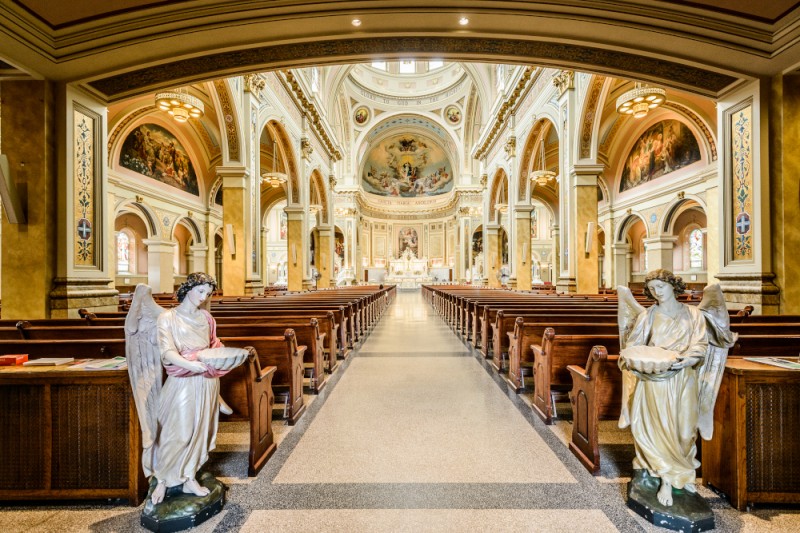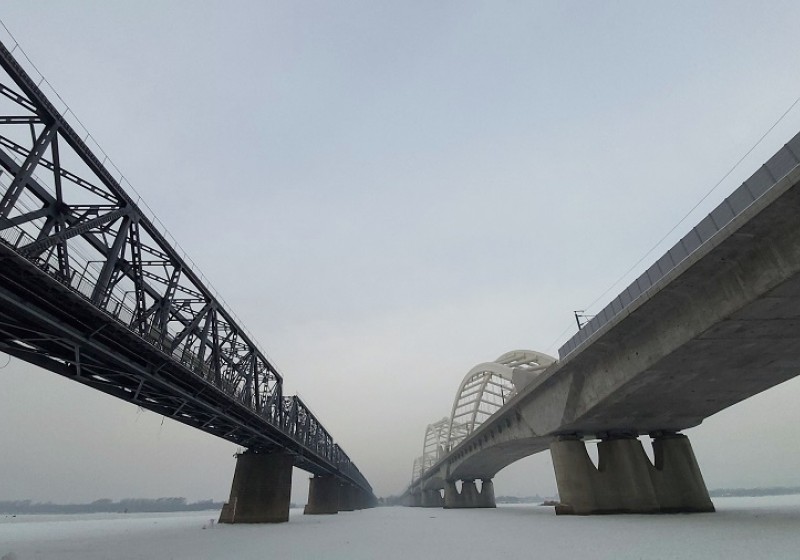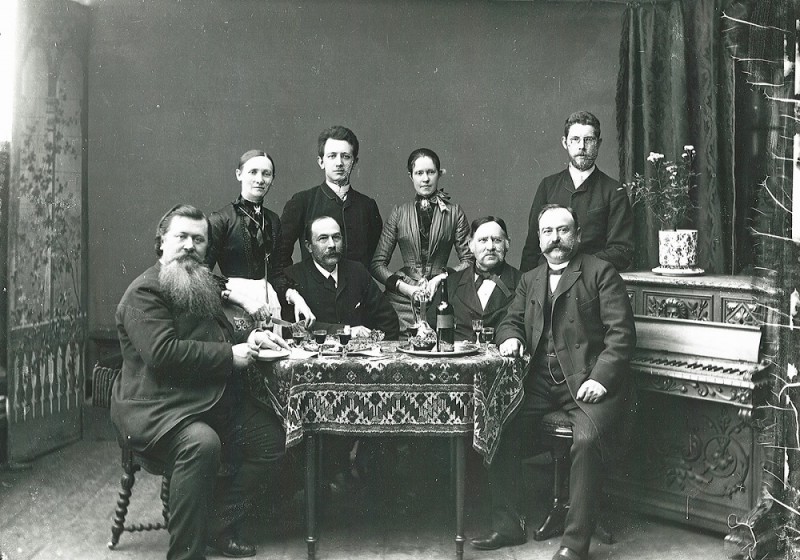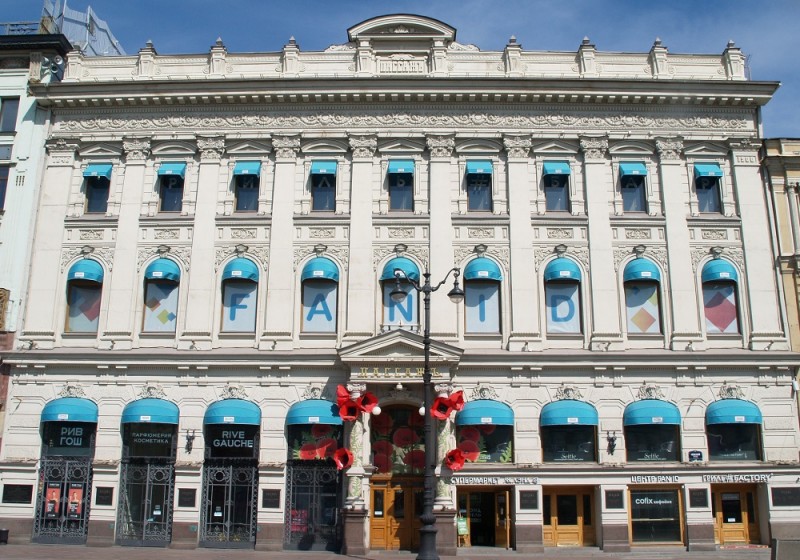The St. Mary of the Angels Church in Chicago
It is one of the largest Polish churches in Chicago and one of the most active parishes. For decades a variety of Polish social, cultural, and educational activities have been conducted here, integrating the Polish-American community.
The Church of Our Lady of the Angels is one of the largest Polish churches in Chicago and one of the leading examples of the so-called Polish Cathedral Style, which is characterized by a combination of historical forms. Its size is really impressive, as its base is over 70m x 38m, the dome is over 45 m high, and each of the two towers is over 21 m high.
The church was designed by architects Henry Worthmann and John G. Steinbach and built between 1903 and 1928. The characteristic features of this five-nave basilica are a two-tower façade with a rosette window, referring to Notre-Dame Cathedral in Paris, and an octagonal dome, reminiscent of the solution used in St. Peter's Basilica in Rome. The noteworthy figures of angels located above the cornice crowning the façade are a reference to the dedication of the temple. The decoration and furnishings of the church were created in stages. The author of the painting decorations is John A. Mallin, who was commissioned to execute them on the occasion of the 50th anniversary of the parish in 1948.
Due to the decreasing number of parishioners, in the 1970s and 1980s there was a lack of funds for maintenance work in the church. In 1988 a decision was issued to close it and subsequently its demolition was ordered. However, this was met with a protest from the Polish community. They raised more than 1 million dollars, which enabled the renovation of the church. It was reopened in 1991.
About 2-2.5 million Poles settled in the United States of America before World War I, exiles from all around the former Polish-Lithuanian Commonwealth. Chicago was then one of the largest centers of Polish immigration in the USA. The city became the centre of Polish cultural and religious life, the seat of several Polish parishes, editorial offices of newspapers, libraries and a number of other social institutions.
Projects:
- Review of Polish iconographic materials from the times of the Republic of Poland (1918-1938) housed in the Central Lithuanian State Archive and the Lithuanian National Museum (Lithuania)
- Photographic documentation of Polish parishes and cemeteries in the United States of America (USA)
- Research into the history of railroads in the eastern territories of the Republic of Poland (Ukraine, Lithuania)
Books:
- Album Polonicum. The Register of the Polish Nation in Padua 1592–1745. A two-volume collotype edition of unique books documenting the presence of Polish students at the University of Padua.
- Poles in Lipawa – the well known, unknown and forgotten history by Marek Głuszko



